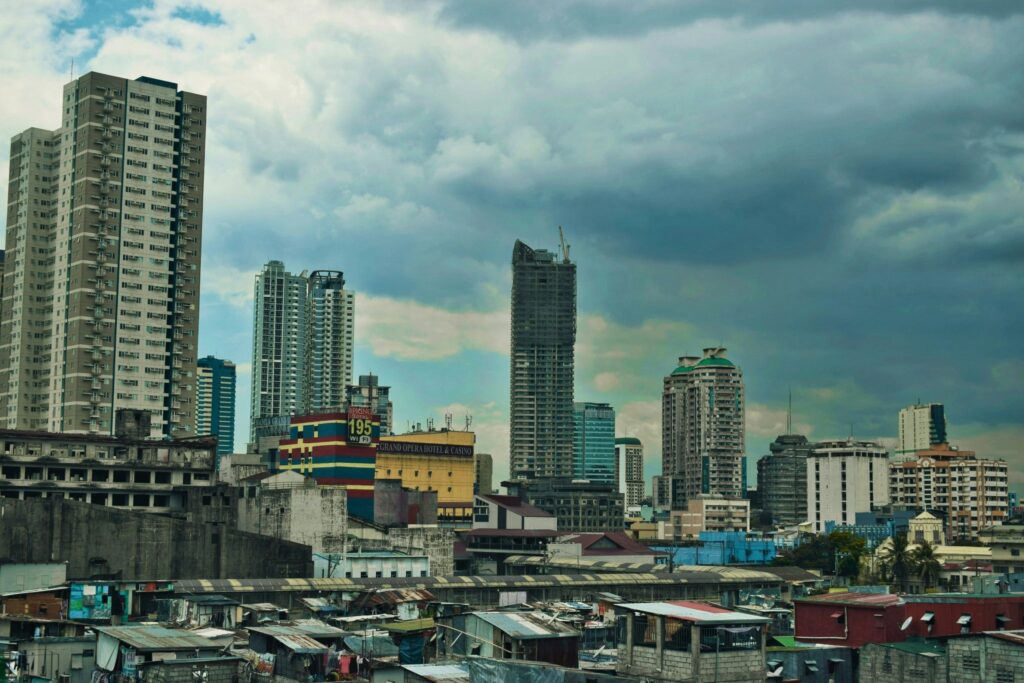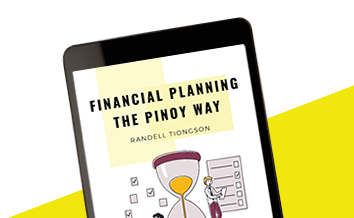Navigating Economic Growth Challenges in the Philippines
By Randell Tiongson on February 7th, 2024
Our nation has been striving for sustained economic growth. However, this journey is fraught with challenges that require a data-driven understanding to formulate effective solutions. In this post, let us delve into the key economic challenges faced by the Philippines, supported by relevant data. It is not my intention to paint a grim picture but relevant data will help us understand the challenges we are facing.

Income Inequality
Data: Philippines’s Gini Coefficient Index is 59.8 and was most recently measured in 2021, according to the World Bank.
Income inequality remains a significant hurdle to inclusive economic growth in the Philippines. While the economy has been expanding, the benefits are not distributed evenly. A substantial portion of the population struggles with poverty, highlighting the need for policies that address the wealth gap.
Unemployment Rates
Data: The Philippines unemployment rate is at 3.1% as of December 2023, according to the PSA. Philippines youth unemployment rate for 2022 was 6.34%
Persistent unemployment, particularly among the youth, poses a challenge to economic growth. The data underscores the urgency of creating employment opportunities that align with the skills and aspirations of the workforce, ensuring a productive and engaged labor force. Another concern is also underemployment.
Infrastructure Deficiency
Data: The World Economic Forum’s Global Competitiveness Report ranks the Philippines 97th out of 140 countries in terms of infrastructure quality.
Insufficient infrastructure remains a bottleneck for economic growth. Inadequate transport networks, energy systems, and utilities hinder productivity and impede the efficient movement of goods and services. Bridging the infrastructure gap is crucial for enhancing competitiveness and sustaining economic expansion.

Agricultural Vulnerabilities
Data: According to the Philippine Statistics Authority, agriculture’s contribution to GDP was about 9% in 2023. However, the sector is vulnerable to climate change, with typhoons affecting production.
The agricultural sector faces challenges such as outdated practices, susceptibility to climate change, and land-use issues. Addressing these challenges is imperative for boosting productivity, ensuring food security, and alleviating poverty in rural areas.
Natural Disaster Vulnerability
Data: The Philippines is among the world’s most disaster-prone countries, experiencing an average of 20 typhoons annually, according to the Asian Development Bank. Natural disasters cost the Philippines an average of 0.6% of its GDP per year. In 2022, the total damages during major extreme natural events and disasters in the Philippines amounted to nearly 29 billion Philippine pesos.
The country’s vulnerability to natural disasters poses a consistent threat to economic stability. The economic impact of these disasters emphasizes the need for enhanced disaster preparedness and resilient infrastructure development.
Remittance Dependency
Data: Remittances from Overseas Filipino Workers (OFWs) reached USD 36.1 billion in 2022, accounting for around 10% of the country’s GDP, according to the Bangko Sentral ng Pilipinas. There is a view that total remittances was at USD 40 Billion in 2023 (estimated).
While remittances play a crucial role in supporting many Filipino families, overreliance on this income source exposes the economy to global economic fluctuations and uncertainties in foreign employment conditions. Diversification strategies are essential to mitigate risks associated with remittance dependency.
Environmental Sustainability
Data: The Philippines placed 158th out of 180 countries in the 2022 edition of the biennial Environmental Performance Index (EPI). Deforestation, pollution, and habitat destruction are significant environmental challenges.
Balancing economic development with environmental sustainability is a critical challenge. The data underscores the importance of implementing sustainable practices to preserve the country’s natural resources for future generations.
Global Economic Uncertainties
Data: The Philippines’ export-oriented economy makes it susceptible to global economic uncertainties. The COVID-19 pandemic, for instance, caused a contraction in the country’s GDP by 9.6% in 2020, according to the World Bank.

The interconnectedness of the global economy exposes the Philippines to external shocks. Addressing these uncertainties requires strategic planning, risk management, and a focus on economic resilience.
A data-driven analysis of the economic challenges in the Philippines provides insights into the areas that require targeted interventions. As the country navigates these challenges, evidence-based policymaking, strategic investments, and a collaborative approach involving the government, private sector, and communities will be instrumental in fostering sustainable and inclusive economic growth.
And if I may add, we really need to pray for the nation and it is time to humble ourselves before the Lord.
“Blessed is the nation whose God is the LORD, the people he chose for his inheritance”
– Psalm 33:12, NIV


Dear Randell,
I appreciate the broad assessment and comments you made as translated from the macroevonomic indicators from the mentioned data from multi layered sources.
I believe our country has undoubtedly rich and great potentials for longterm economic prosperity on the conditions that the following are considered by our country’s economic planners.
1. The Philippines must have a longterm and strategiccentennial plan for addressing those issues mentioned. Regardless of the political administration, the strategic national goals must continue and implemented with longterm view. So far, our leaders are shirt term minded and does not show a longterm view of how to make our country sustainably prosperous.
2. Our country has lagged behind against many asian counterparts. We are still struggling to address poverty in the past 100 years following WW 2. This is despite having “brilliant” politicians. Our leaders brilliance must be translated into tangible outcomes which builds the posterity of our nation.
3. Dependence on remittances is significant ti our economic stability. Our country lends its high quality experts and specialist who preferred to utilise their capabilities to help grow and prosper other countries. It is sas to see good doctors, engineers and talented workforce leave our country along with sacrificing their families in exchange for adequate compensation and financial rewards. Our country will continue to lose good people who would have otherwise be agents of making our country economically prosperous.
4. The Filipino workforce is underrecognized and short paid by investors and employers. They are mostly paid for a hand to mouth existence. Cant even afford to send their kids to obtain good education.
5. The consumer mindset engulps the minds of Filipinos. With low salary and the slavery to consumerism is a villain to our cyclical poverty. Its high time Filipinos become a producer society rather than otherwise.
6. There is high prevailing interest rates imposed by lenders. Top and most costly lenders are private lending institutions (lemding investors) and so-called credit NGOs whose interest rates soars to 30 to 60 pct per annum. This exacerbates the already high cost of doing business among the vast number of our micro and small businesses who have few options for more competitive edge in the market.
These are but some of my opinion to your article and the current economic situation in our country.
I hope you will find time to read it.
Thank you.